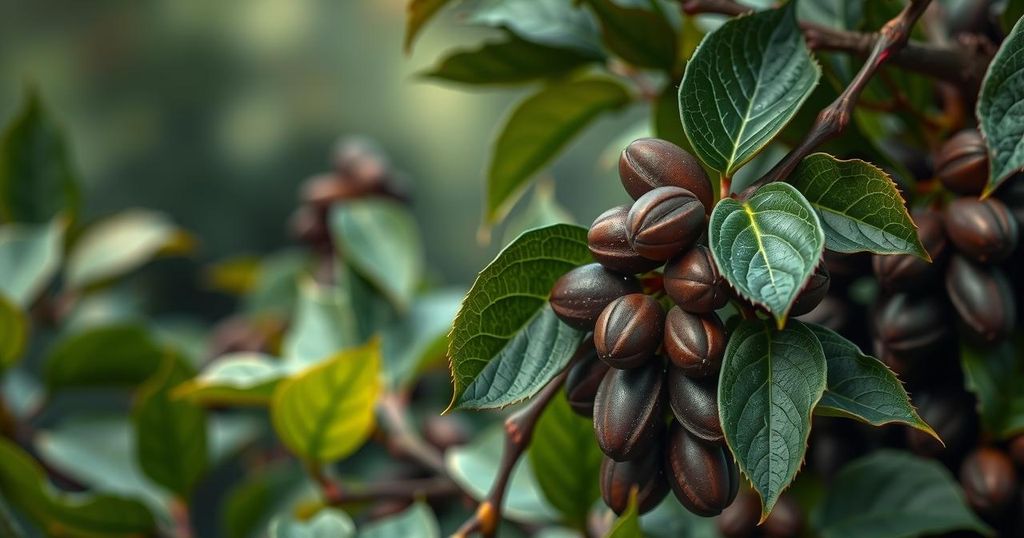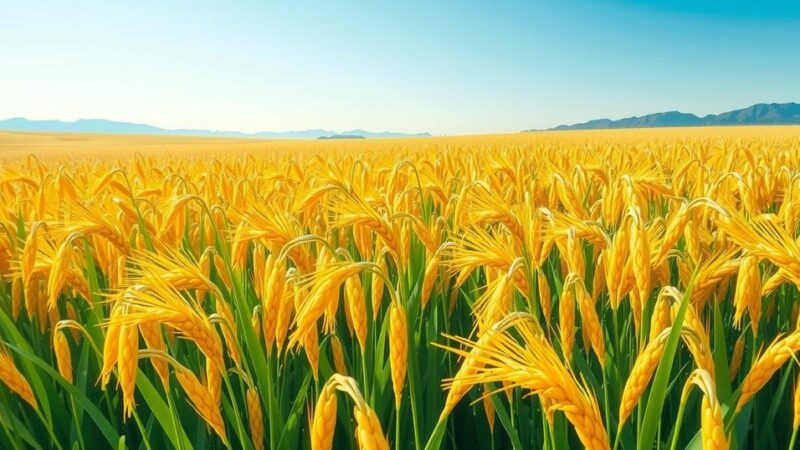Climate change is threatening cacao trees, driving up chocolate prices, and stressing the importance of sustainable cocoa efforts in the U.S. and Europe. Key cocoa-producing countries face rising temperature and humidity, impacting global cocoa supply.
Climate change has resulted in environmental disruptions that are negatively affecting cacao trees, leading to rising chocolate prices. These changes necessitate urgent sustainable cocoa initiatives in North America and Europe. Fluctuations in temperature and increased humidity within the optimal growth zones for cocoa beans, which span a 40-degree latitude band around the equator, are altering the conditions necessary for successful cacao cultivation.
The primary cocoa-producing countries, which contribute approximately 90% of the global cocoa bean supply—about five million tonnes annually—include Brazil, Cameroon, Côte d’Ivoire, the Dominican Republic, Ecuador, Ghana, Indonesia, Nigeria, and Peru. As environmental suitability for cacao cultivation diminishes, the risk of cocoa shortages and price increases intensifies, highlighting the importance of developing strategies for sustainable cocoa production.
Cacao trees thrive in a narrow tropical band located around the equator. Recent climate variations driven by global warming have started to impact this delicate ecosystem, creating challenges for farmers reliant on these crops. With cocoa production being predominantly located in specific countries across Africa and South America, understanding the ramifications of climate change on agricultural practices is critical for maintaining the global chocolate supply and price stability.
In summary, climate change poses a significant threat to cacao trees, resulting in increased chocolate prices and highlighting the pressing necessity for sustainable cocoa cultivation practices. The geographic concentration of cocoa production in a limited number of countries further complicates this situation, making it imperative for stakeholders to act promptly to mitigate the impacts of environmental changes on this vital commodity.
Original Source: www.perishablenews.com






